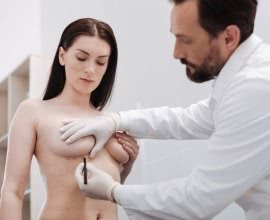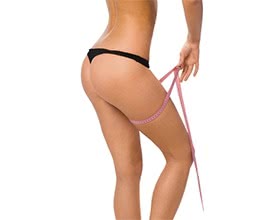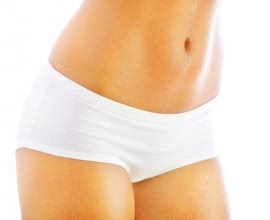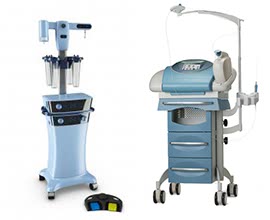Fat Transfer for Breast Reconstruction
Utilizing Liposuction
As a known breast reconstruction technique, reallocating fat tissue from other parts of the body to the breasts of cancer survivors can therapeutically disguise the scars of a mastectomy. The technique often involves liposuction to remove fat from your thighs, waistline, abdomen or buttocks in order to create an injectable fatty liquid for the breasts.[1] This procedure originated out of lipofilling, which has long been used to fix minor differences in shape, position and weight of the breasts.[2] If you are also wondering if this is safe, there is thus far a lack of evidence to say that fat transfer procedures coincide with the recurrence of cancer, specifically within five years after cancer treatment; so, this offers a bit of hope while we wait for the outcome of longer-term studies.[3]
Getting the Tissue to Last May be More Complicated
One of the top questions people ask about this procedure is, how long will the transferred fat last? This is often asked because the body will naturally absorb a portion of the reallocated fat, which should be expected but limited. As a vocal member of his field, Dr. Mark Smith, who is a plastic surgeon based in Long Island, USA, has shared some of the ways surgeons can improve patients’ success rates in retaining fat long after undergoing this kind of procedure. He has even described the complexity as equivalent to organ transplantation, due to the fact that blood vessels in the breast region may need to be reconnected and extended into the armpits.[4] As a newly developing procedure, it’s exciting to see surgeons across the globe investing efforts into improving the most natural form of breast reconstruction.
Benefits Outweigh the Risks
A fantastic aspect of fat transfer is that it is implant-free, natural and comfortable. Breast implants have come under fire in recent years in light of the fact that they may leak, pop or cause general discomfort. In addition to the glandular tissue of the breast, fatty tissue makes up a huge portion of what makes a breast a breast anyways. So, fat transfer can certainly help you embrace the new you more easily. On top of this, an added bonus to the procedure is that you get to shed excess fat from other areas of your body. Say ‘au revoir’ to those pesky love handles.[5]
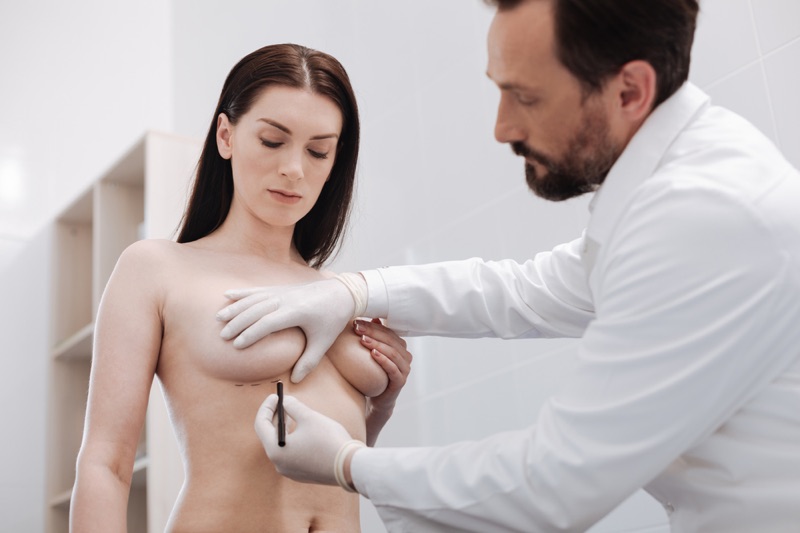
Unfortunately, some of you may be less than enthusiastic about the number of times you may need to visit the surgeon in order to achieve satisfactory shape and fullness. This could take up to six different visits to carry out in its entirety. Don’t fret entirely, though, because it wouldn’t be anything like any major surgery you’ve undergone already or something like you might imagine. The biggest worry of all would actually be the chance of developing fat cysts or necrosis, which may occur when fat cells die. For this very reason, your doctor may ask you to wear external expanders, which are pressurized cups resemblant to a bra that stimulate tissue growth.[6]
Conclusion
All in all, the benefits to one’s self esteem and body image far outweigh the risks of breast reconstruction. Responsible doctors and surgeons should work with you to minimize risks pertaining to this procedure, which are known and preventable. Even so, due to a lack of long-term research to disprove any link to the reoccurrence of cancer, nobody will judge you if you decide to put the thought aside for now.
Sources:
[1] “Fat Grafting.” Breastcancer.org, Center for Restorative Breast Surgery, 7 Mar. 2019, www.breastcancer.org/treatment/surgery/reconstruction/types/autologous/f....
[2] Ibid.
[3] Krastev, Todor, et al. “Long-Term Follow-up of Autologous Fat Transfer vs Conventional Breast Reconstruction and Association With Cancer Relapse in Patients With Breast Cancer.” JAMA Surgery, vol. 154, no. 1, 2019, p. 56., doi:10.1001/jamasurg.2018.3744.
[4] Sager, Stacey, and WABC-TV. “Long Island Breast Cancer Survivor Receives Rare Surgery after Mastectomy.” ABC7 New York, 7 Jan. 2020, abc7ny.com/5823006/.
[5] Nelson, Elizabeth. “Post-Mastectomy Fat Grafting: 4 Pros and 4 Cons.” TheBreastCancerSite.com, blog.thebreastcancersite.greatergood.com/fat-grafting/2/.
[6] Ibid.

